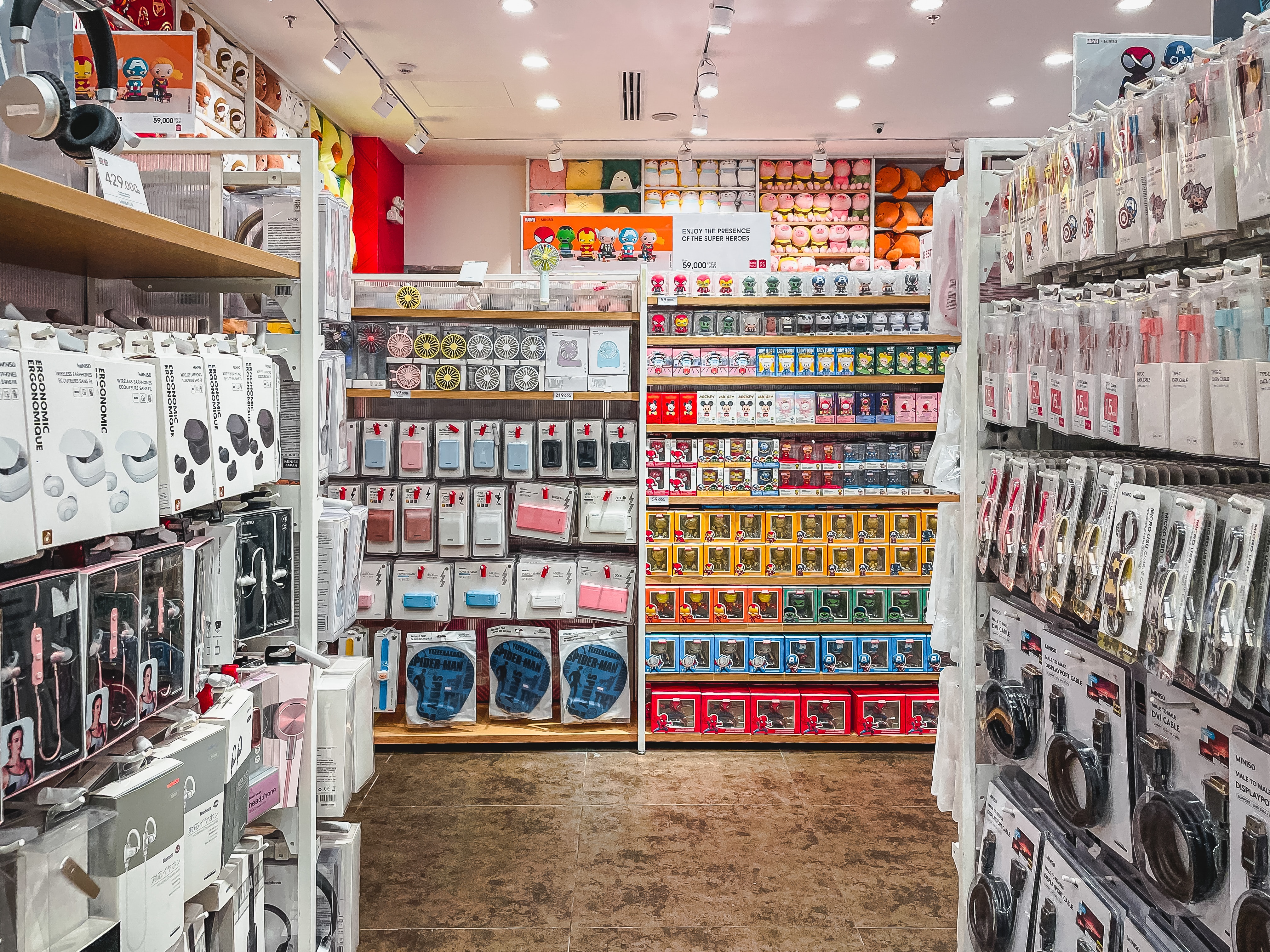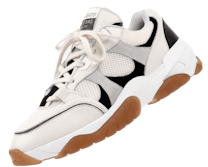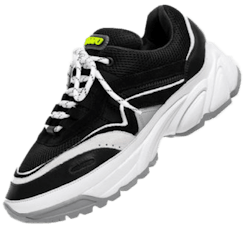5 Effective Strategies for Landing New Retail Accounts in Q4
To pitch or not to pitch… THAT is the essential sales question for food, beverage and taxable grocery brands during the months of October, November and December. We all know that the fourth quarter can be a season of high revenue for retailers and brands alike, but also understand that most wholesale buyers put a hard stop to bringing in new products once they’re sleeves are rolled up and heads down during the busy holiday season.
As a brand with limited time, money, and energy, what should you focus on during this time? If you’re itching to pursue more shelves during this season, use my five effective strategies for landing new accounts and executing your last chance pitch this month.
1. Evaluate your product’s relevance for the holiday season before pitching
When it comes to gearing up for a busy sales season like the holidays, you’ve got to ask yourself: does your product scream festive cheer or year round staple? Seasonal relevance can greatly influence the success rate of a pitch to potential new accounts.
At times you might feel that throwing in a red bow or adding a festive slogan to your product can be enough to make it …











